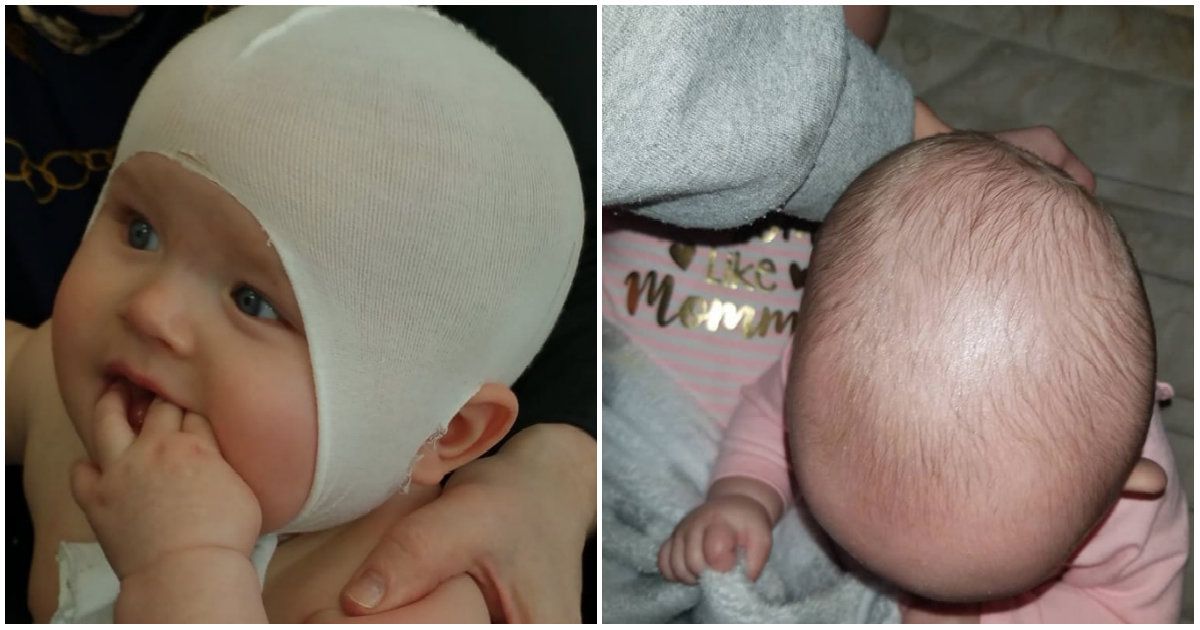

Cranial helmet therapy, also known as cranial orthosis.įor more information or to schedule an appointment, call 84. Premature birth due to particular softness of the infants skull and/or extended.
 Repositioning techniques, including supervised tummy time. Evaluation by a primary care physician and potentially by a pediatric neurosurgeon. If you have concerns about the shape of your child’s head, please contact your child’s pediatrician. When the pediatrician is concerned that your child may have craniosynostosis, you will be referred to a pediatric neurosurgeon for further evaluation. Because your child’s pediatriciain routinely monitor’s the size, shape and growth of the head, this condition is usually diagnosed early and by your child’s pediatriciain. Craniosynsotosis is a condition characterized by a misshapen skull due to abnormal fusion of the bones in the skull. Scaphocephaly-head is longer, more narrow and wider than normalĪ less common reason for plagiocephaly occurs in the presence of craniosynostosis in an infant. Your baby might have plagiocephaly (sometimes known as flat head) if the side or back of their head appears flat. Brachycephaly-head is wider than normal. These shapes can occur with varying degrees of severity and can often occur in combination with one another. Difficulty in fitting safety equipment such as helmets for sports, bicycling, skiing, etc. Presents with visible flat areas of the head, particularly with short hairstyles. May cause eyeglasses to fit poorly due to the misshapen head. If left untreated, however, the head will remain misshapen as the baby grows into adulthood. Plagiocephaly will not likely affect a baby’s neurological development. Back sleeping (There is a strong correlation between back-sleeping and plagiocephaly, and while the American Academy of Pediatrics recommends back-sleeing to prevent Sudden Infant Death Syndrome, it also recommends frequent repositioning of the infant’s head and supervised tummy time to help prevent plagiocephaly). Extended exposure to rigid surfaces such as car seats,bouncy seats and swings. But as your baby grows, a misshapen head could be a sign of. Congenital muscular torticollis which results in extreme tightness of the neck muscles causing difficulty with normal movement and repositioning of the head. Slight imperfections in your babys head are normal, especially in the first month after birth.
Repositioning techniques, including supervised tummy time. Evaluation by a primary care physician and potentially by a pediatric neurosurgeon. If you have concerns about the shape of your child’s head, please contact your child’s pediatrician. When the pediatrician is concerned that your child may have craniosynostosis, you will be referred to a pediatric neurosurgeon for further evaluation. Because your child’s pediatriciain routinely monitor’s the size, shape and growth of the head, this condition is usually diagnosed early and by your child’s pediatriciain. Craniosynsotosis is a condition characterized by a misshapen skull due to abnormal fusion of the bones in the skull. Scaphocephaly-head is longer, more narrow and wider than normalĪ less common reason for plagiocephaly occurs in the presence of craniosynostosis in an infant. Your baby might have plagiocephaly (sometimes known as flat head) if the side or back of their head appears flat. Brachycephaly-head is wider than normal. These shapes can occur with varying degrees of severity and can often occur in combination with one another. Difficulty in fitting safety equipment such as helmets for sports, bicycling, skiing, etc. Presents with visible flat areas of the head, particularly with short hairstyles. May cause eyeglasses to fit poorly due to the misshapen head. If left untreated, however, the head will remain misshapen as the baby grows into adulthood. Plagiocephaly will not likely affect a baby’s neurological development. Back sleeping (There is a strong correlation between back-sleeping and plagiocephaly, and while the American Academy of Pediatrics recommends back-sleeing to prevent Sudden Infant Death Syndrome, it also recommends frequent repositioning of the infant’s head and supervised tummy time to help prevent plagiocephaly). Extended exposure to rigid surfaces such as car seats,bouncy seats and swings. But as your baby grows, a misshapen head could be a sign of. Congenital muscular torticollis which results in extreme tightness of the neck muscles causing difficulty with normal movement and repositioning of the head. Slight imperfections in your babys head are normal, especially in the first month after birth.  Lack of normal head movement due to developmental delays. Premature birth due to particular softness of the infant’s skull and/or extended period of time following birth in a neonatal intensive care unit with the head in a fixed position due to presence of a respirator. Multiple births where space is limited for movement and repositioning. Position in the womb due to limited space. There are many different causes of flat spots in the developing head of an infant. One in ten infants should be evaluated for treatment. A condition which is characterized by the development of a flat spot on the back or side of an infant’s head.
Lack of normal head movement due to developmental delays. Premature birth due to particular softness of the infant’s skull and/or extended period of time following birth in a neonatal intensive care unit with the head in a fixed position due to presence of a respirator. Multiple births where space is limited for movement and repositioning. Position in the womb due to limited space. There are many different causes of flat spots in the developing head of an infant. One in ten infants should be evaluated for treatment. A condition which is characterized by the development of a flat spot on the back or side of an infant’s head.










